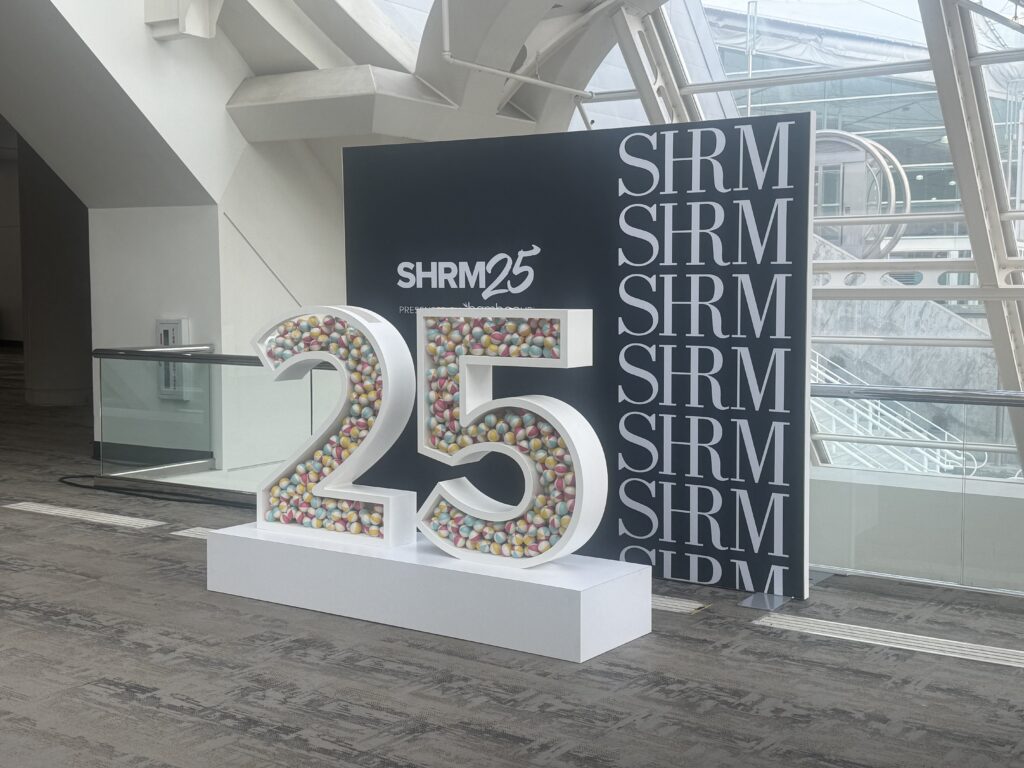Sustainability. It isn’t a fad, the latest trend in ways for companies to show the world they care. Sustainability is a promise. Companies committed to sustainability promise to take action to reduce the GHG emissions of their business activities. But how does a company assess its impact? What are the measures? Is there a sustainability road map companies can follow to improve their environmental impact? Find the answers to these questions and more in this post, beginning with the definition of a sustainability program.
What is a sustainability program?
A sustainability program is a policy a company adopts to set itself on the path to be less environmentally harmful. Programs can be broken into a series of stages. In the first stage, a company must set goals. Many Boards of Directors and CEOs have set targets already, but some organizations may not have set targets yet.
The second step is measuring the company’s impact. This is generally done in terms of GHG emissions tracking. The assessment of that impact is a way to help set a target goal/date for companies that have not yet set a target.
With the knowledge from that assessment, they can begin the third stage: setting goals. The sustainability goals a company sets are going to be specific to their size, their industry and many other factors. Two businesses in the same market may have vastly different sustainability programs based on the GHG reduction targets they set and dates to reach those targets.
The fourth phase is implementation. A plan is nothing if you don’t put it into action. Rolled out across the company, GHG emissions tracking is now in motion. Which leads to the final phase.
After a quarter, two quarters, a year, the company must establish a baseline and measure progress over time. With the creation of their GHG reduction goals, there should be specific numbers to hit after “x” amount of time. Did the company achieve its goal in the time given? If not, then why not?
A sustainability program does not end after phase four. Ideally, sustainability programs continue until the company is an industry standard in shrinking climate impact. The first set of goals will be different from the goals set the second time around, and so on. One of the most important pieces of any sustainability program is measures.
Measurements in a Sustainability Program
For a company to make effective changes , they have to quantify the impact they’re making. Greenhouse gas accounting is one way to do so. One popular method companies have adopted is using the standards created by the Greenhouse Gas Protocol (GHGP). This collaboration between the World Resources Institute and the Business Council for Sustainable Development divides emissions into three buckets.
Scope 1 Emissions
The Greenhouse Gas (GHG) Protocol defines scope 1 emissions as “all direct GHG emissions.” A company’s direct greenhouse gas emissions will vary by industry and size, but often come from the transportation emissions of company vehicles or boilers and furnaces in company buildings.
According to the EPA, transportation and electricity production are the two highest sources of greenhouse gas emissions. Industry and commercial and residential emissions take third and fourth for biggest contributors.
Scope 2 Emissions
The Greenhouse Gas Protocol defines scope 2 emissions as “indirect GHG emissions from consumption of purchased electricity, heat or steam.” Again, while this will vary, these emissions are often from a company utilizing utility plant electricity. Just think of the amount of charge needed to power computers, lighting, heat and cooling systems in a corporate office for one day.
Scope 3 Emissions
The Greenhouse Gas Protocol defines scope 3 emissions as “other indirect emissions, such as … transport-related activities in vehicles not owned or controlled by the reporting entity…” This category has a much wider reach than scope 1 or 2 emissions. The list includes, but is not limited to, employee commuting, business travel, the lifecycle of sold products, transportation and distribution of goods, generate waste, purchased goods and services, investments and more. One of the easier ways to think about scope 3 emissions is through the concept of embodied carbon.
Embodied Carbon
Embodied carbon is the carbon footprint of products or materials before they’re used. Consider a home built to be carbon neutral. It will not contribute more emissions to the environment than it takes away. However, the building materials have embodied carbon. Take, for example, the wood used in the structure. That wood has the embodied carbon of its harvest, its pressure treatment and its transportation. Or take the solar panels on the roof. They may exist to reduce the amount of electricity required from a power plant, but they have the embodied carbon of their raw materials, production and transportation. Every building material, every product has embodied carbon. Scope 3 emissions take the “embodied carbon” of the building blocks of a business into account.
Creating an Effective Sustainability Program for Your Company
Considering each type of emission, and how essential so many of these pieces are to running a business, GHG emissions reduction can seem daunting. But it doesn’t have to be. With proper guidance, your company can assess its current carbon footprint and set achievable sustainability goals. We offer reporting that will help you determine how many of which emissions you would like to diminish. Interested in seeing how companies can plan for GHG and ESG reduction? Learn how Motus can help businesses reduce GHG emissions.







